Korean scientists have used graphene sheets to make a transparent and lightweight loudspeaker which, they say, can be attached to windows and computer screens.
Graphene, whose isolation led to the Nobel prize in physics for Andre Geim and Konstantin Novoselov, is a single layer of graphite. Owing to its remarkable mechanical and electronic properties, it is set to revolutionise modern technology and new uses for it are continuously being discovered. However, one of the big challenges is to fabricate large area films of graphene.
Now, Jyongsik Jang and coworkers from Seoul National University have used inkjet printing and vapour deposition to deposit graphene oxide onto poly(vinylidene fluoride) (PVDF), which is then reduced to create a graphene film. This demonstrates not only a new method for making controlled graphene films, but also a new use for the material: for making a thin transparent loudspeaker.

The acoustic actuator consists of a graphene-based transducer connected to the sound source and amplifier
The speaker system consists of a PVDF thin film sandwiched between two graphene electrodes. The speaker works because when an electrical current from the sound source is applied, the converse piezoelectric effect causes the PDVF film to distort, creating sound waves.
Such a system would be easy to install and usable anywhere where sound is needed, Jang explains. They could even eventually be used as noise cancelling devices by creating anti-noise waves (same amplitude but with inverted phase to the original sound).
To read more please visit the Chemistry World website, or download the original ChemComm communication.
 A fuel cell system that can generate electricity from organic compounds and clean up wastewater at the same time has been developed by scientists in China.
A fuel cell system that can generate electricity from organic compounds and clean up wastewater at the same time has been developed by scientists in China.










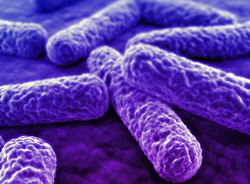 A carbohydrate from the surface of the most virulent strain of the bacterium Clostridium difficile has been synthesised by chemists in Germany. The molecule could be used to develop a vaccine against the infection.
A carbohydrate from the surface of the most virulent strain of the bacterium Clostridium difficile has been synthesised by chemists in Germany. The molecule could be used to develop a vaccine against the infection.
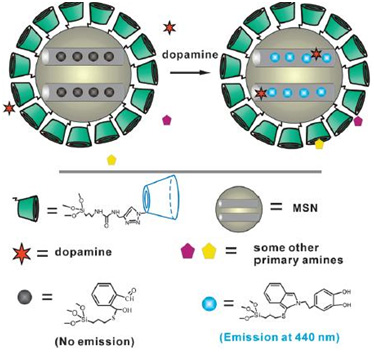
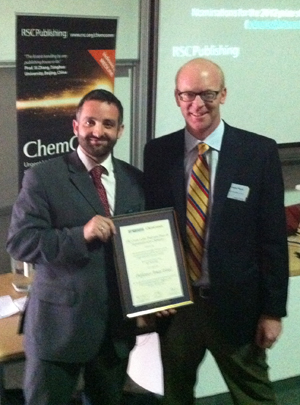

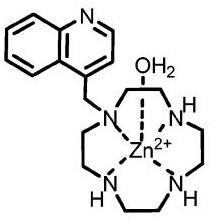

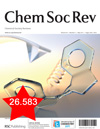
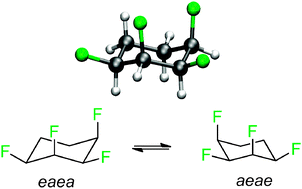
 Scientists are a step closer to understanding how an important cell organelle works, which could lead to new insight into disease such as diabetes and Alzheimer’s disease.
Scientists are a step closer to understanding how an important cell organelle works, which could lead to new insight into disease such as diabetes and Alzheimer’s disease.